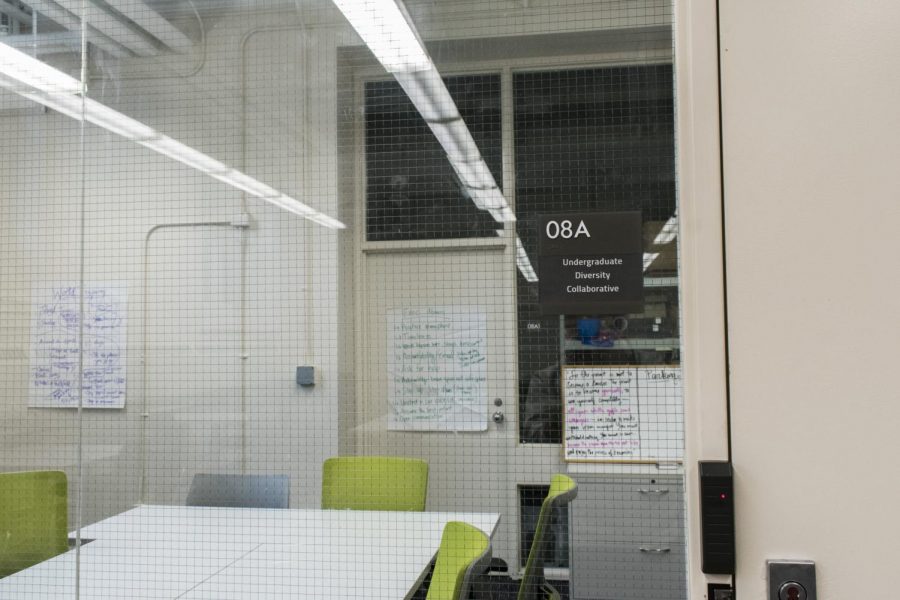UDC revising constitution, planning initiatives
Among the Undergraduate Diversity Collaborative’s revisions are the creation of member organizations, access to facilities for students with disabilities and increasing campus diversity.
After reflecting upon their agenda for the past two years, the Undergraduate Diversity Collaborative (UDC) identified several key areas to focus their efforts on the coming semesters. Along with this renewed focus came a series of constitutional revisions in response to logistical issues, as well as a formalized process for creating new member organizations.
Proposed on Jan. 31, UDC’s revisions first addressed the structure of the Diversity Leaders Roundtable, meetings which include two executive members of each of UDC’s 26 member organizations.
“We are shifting it from two executive members to just a single executive board member,” UDC Vice President of Campus Initiatives Jake Bumgarner explained. “It’ll be smaller but more tightly knit, and it will focus on trying to increase the dialogue between the diverse leaders.”
The process of creating new member organizations was also addressed in the revisions. UDC’s goal was to develop a restructured, formal process, since their previous format centered around transfer organizations. UDC Vice President of Internal Development Viral Mistry identified several initiatives UDC is excited to work on: ensuring accessibility in campus buildings, providing a resource center for financially insecure students and enhancing diversity in academia.
“We will go building by building across campus and see if they are really accessible,” Mistry said.
While many buildings technically adhere to the Americans with Disabilities Act (ADA), UDC feels they fail to meet the needs of CWRU students. UDC is set to work with the Residence Hall Association (RHA) and Undergraduate Student Government (USG) to ensure campus buildings become more compliant with the ADA and are more accessible for students with disabilities.
In addition to accessibility regulations, UDC will also focus on the consolidation of resources available for financially insecure students—a task which will likely manifest itself in a resource center. Food, clothing and textbook drives are already a part of CWRU’s campus, but individual organizations typically lack the public relations necessary to gain momentum.
“We’re focusing on ways we can spread the word about these things,” Bumgarner said. “When you’re dealing with financial insecurity, it’s really important that accessibility, the ability to be discreet and ease of access are present, so students who need those resources can take advantage of them.”
UDC is also continuing their emphasis on diversity in academia, with hopes to raise awareness about the lack of ethnic studies programs and faculty diversity. As far as student diversity is concerned, UDC has begun preparation for its annual World Expo, taking place Mar. 24 in Thwing Center. The event will showcase organizations which fall under UDC, and celebrate cultural diversity with performances and activities.
“It’s a great place for people to learn more about organizations, cultures and backgrounds,” Mistry said. “It really showcases how diverse and beautiful the [CWRU] community is.”


